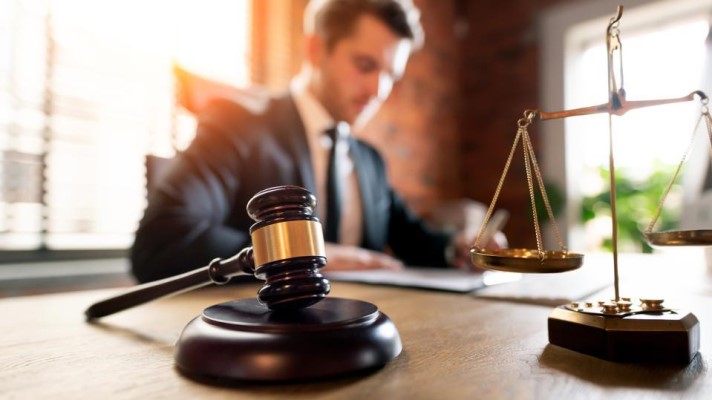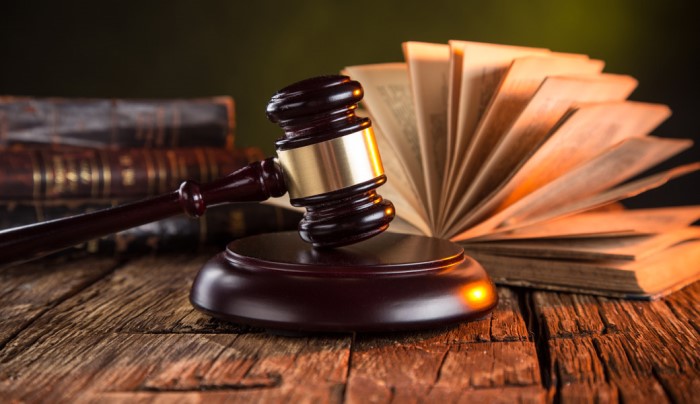Amazon Prime has become a household name, offering a wide array of benefits from fast shipping to exclusive content. But, as of late, Amazon Prime has also become the subject of a significant lawsuit. Curious about what’s happening? Let’s break it down.
What is Amazon Prime?
Before diving into the legal drama, let’s first discuss what Amazon Prime actually is. Amazon Prime is a subscription service from Amazon that provides users with perks like free shipping, Prime Video, Prime Music, and more. It’s a service that many of us rely on for convenience, but it’s not without its problems.
The Background of the Amazon Prime Lawsuit
So, what sparked this lawsuit? The main issue revolves around accusations that Amazon Prime’s subscription model is misleading. Consumers claim that they were automatically enrolled in Prime without their clear consent or were misled about how to cancel their memberships.
Key Allegations in the Lawsuit
The lawsuit centers on several key allegations, but one of the biggest complaints is that Amazon was misleading in how it presented its Prime subscription to users. Many consumers were reportedly enrolled without fully understanding the terms.
Misleading Subscriptions
A significant portion of the lawsuit claims that consumers felt tricked into signing up for Amazon Prime. Some users report that the sign-up process was confusing, leading them to believe they were making a one-time purchase when, in reality, they were agreeing to a recurring subscription.
Automatic Renewal Without Clear Consent
Another major allegation is that Amazon Prime’s automatic renewal system wasn’t clearly explained. Many consumers were charged for renewal fees without realizing they had signed up for an ongoing service. Essentially, they got caught off guard when their credit cards were charged again.
Who Filed the Lawsuit?
So, who’s taking on the e-commerce giant? Multiple lawsuits have been filed by various consumer protection groups and even individual customers. These plaintiffs argue that Amazon violated consumer protection laws by not clearly disclosing how their subscription service works.
Legal Grounds for the Case
At the core of this case are violations of consumer protection laws. The plaintiffs argue that Amazon violated regulations meant to protect consumers from deceptive marketing practices. Specifically, laws requiring businesses to provide clear and conspicuous disclosures about subscription renewals and how to cancel them.
Impact of the Lawsuit on Consumers
If you’re an Amazon Prime member, you might be wondering, “What does this mean for me?” Well, if the plaintiffs are successful, Amazon may be required to provide clearer information about its subscription model, and possibly even offer refunds to affected users.
Amazon’s Response to the Allegations
What does Amazon have to say about all of this? The company has, of course, denied any wrongdoing. In their defense, Amazon claims that their subscription service is transparent and that consumers are clearly informed about what they are signing up for.
Potential Outcomes of the Lawsuit
What could happen if Amazon loses this case? Well, one possible outcome is that Amazon may be forced to make significant changes to how it markets and manages its Prime service. This could mean clearer cancellation policies, more obvious disclosures, and potentially financial compensation for those affected.
Previous Legal Battles Involving Amazon
This isn’t the first time Amazon has found itself in hot water. The company has faced various legal challenges over the years, ranging from antitrust issues to concerns about worker rights. While Amazon often comes out on top in these legal battles, it doesn’t mean they’re invincible.
Implications for Subscription Services
The outcome of this lawsuit could have broader implications for the entire subscription service industry. If Amazon is required to make changes, other companies that operate subscription-based models may have to follow suit to avoid similar legal challenges.
What to Do if You Are Affected
If you believe you’ve been wrongfully charged for an Amazon Prime membership, there are steps you can take. First, check your Amazon account to ensure your subscription status is correct. If you’ve been mistakenly enrolled, you should contact Amazon’s customer service for a refund.
How to Stay Informed About the Case
It’s important to stay updated on the developments of this lawsuit. You can do this by keeping an eye on news reports or by visiting websites dedicated to consumer protection and legal updates. This way, you’ll know what’s happening and whether it could affect you.
Conclusion
The Amazon Prime lawsuit highlights the potential pitfalls of subscription-based services and the importance of transparency. Whether you’re a Prime member or not, it’s crucial to stay informed about how such legal cases unfold, as they could have wide-reaching effects on consumer rights and the subscription model as a whole.
FAQs
1. What is the Amazon Prime lawsuit about?
The lawsuit alleges that Amazon misled consumers into signing up for Prime without clear consent and failed to provide transparent cancellation policies.
2. How could the lawsuit affect Prime members?
If Amazon loses, they may need to make their subscription terms clearer, possibly issue refunds, and improve cancellation options.
3. Has Amazon responded to the lawsuit?
Yes, Amazon denies the allegations, claiming that they provide clear information about the Prime subscription service.
4. Could this lawsuit change other subscription services?
If Amazon is forced to make changes, it could set a precedent, leading other companies to update their subscription policies.
5. What should I do if I was wrongly charged for Prime?
If you feel you’ve been wrongfully charged, check your account, and contact Amazon customer support for assistance.




